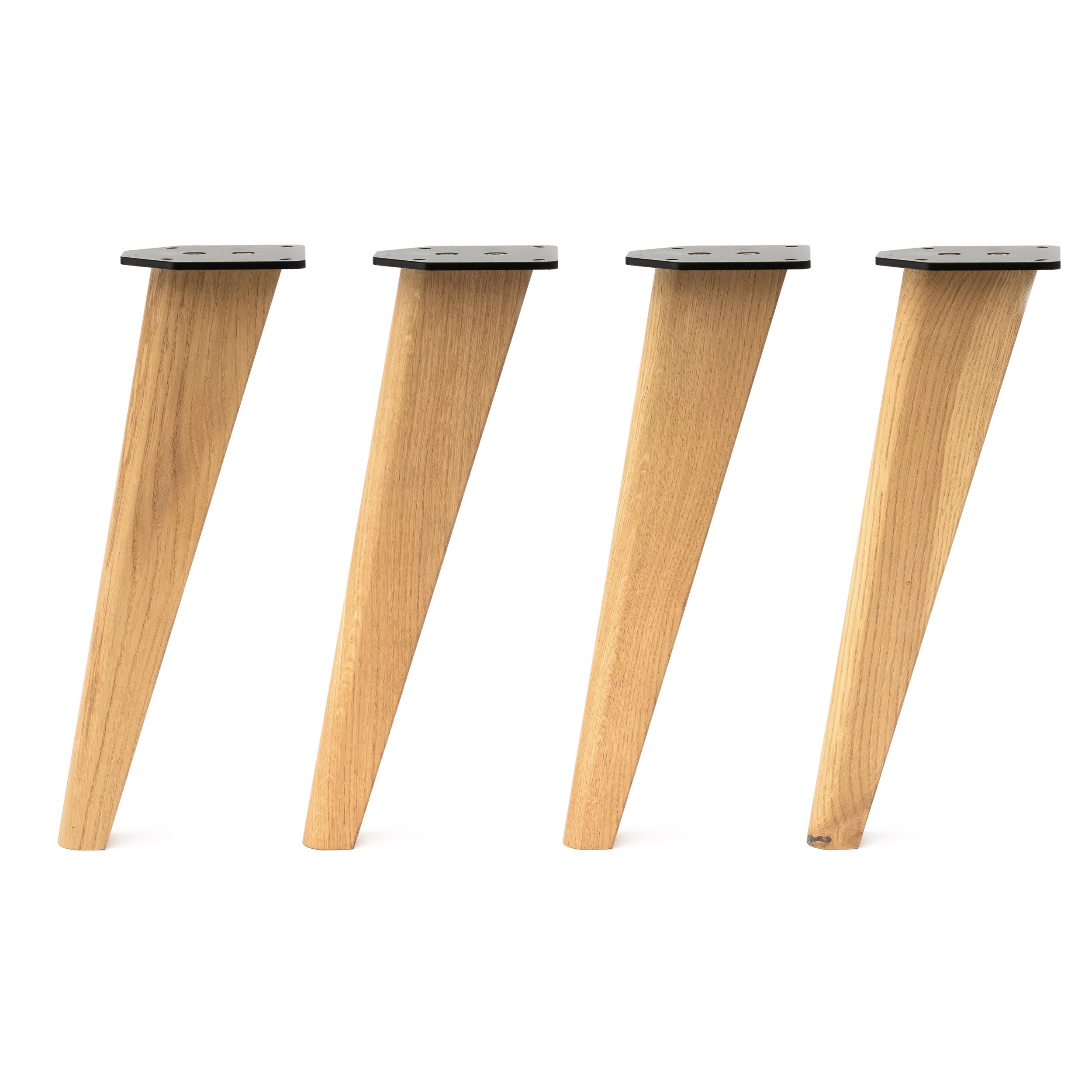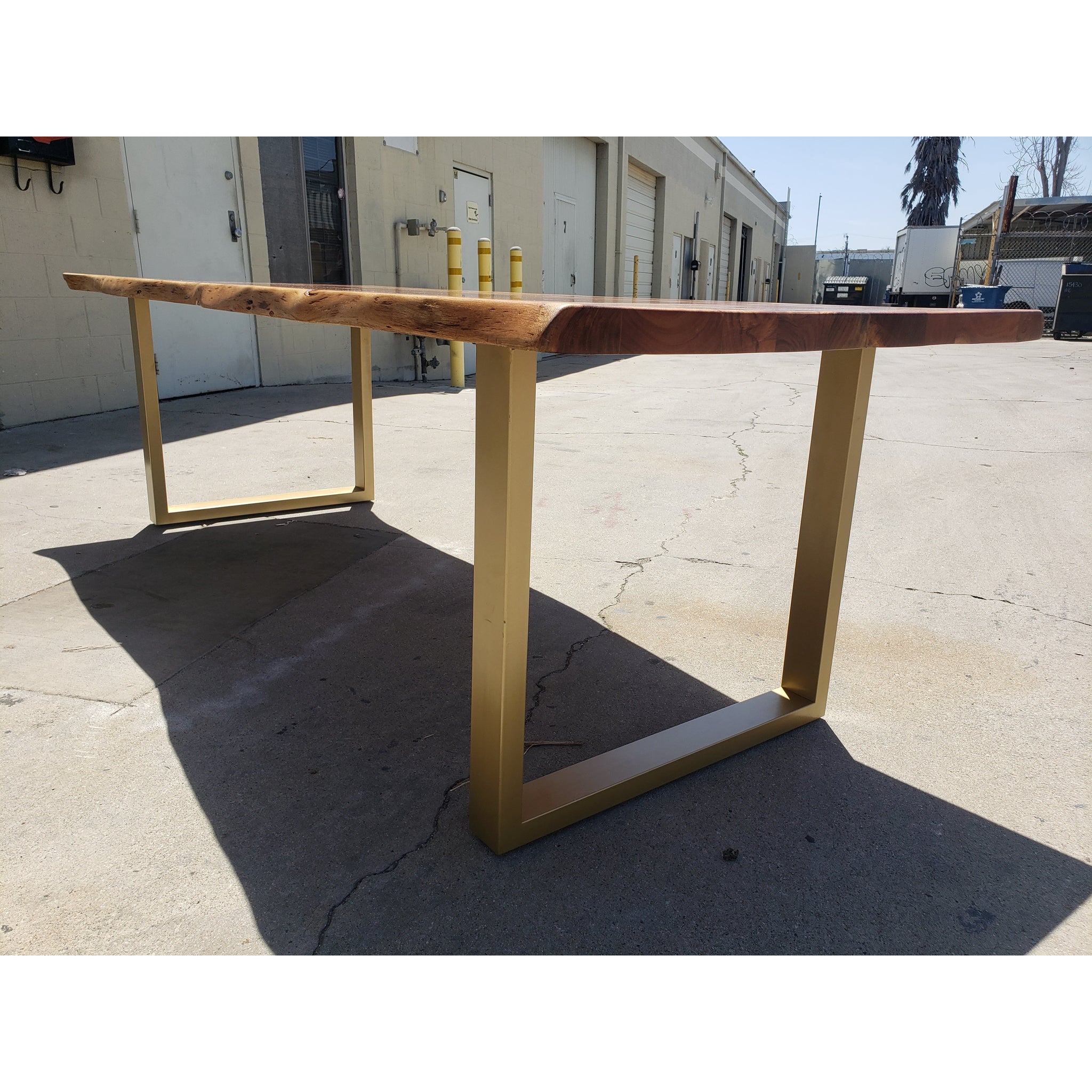Achieve an Advanced Look with Premium Dining Table Legs Wood Options
Achieve an Advanced Look with Premium Dining Table Legs Wood Options
Blog Article
Exploring the Various Kinds Of Table Legs Timber for Your Dining Space
The selection of eating table legs wood can profoundly affect both the aesthetic and functional high qualities of your dining room. Strong timber options, such as oak and walnut, supply a timeless look with unequaled resilience, while engineered wood choices provide ingenious layouts that resemble the splendor of all-natural grains.
Strong Timber Options

Moreover, solid wood is renowned for its toughness and long life. Unlike crafted materials, solid timber is less prone to warping and damage in time when appropriately kept. This makes it a perfect option for family members or those who frequently organize events. Each piece of solid wood is distinct, showcasing individual characteristics that add to the appeal and personality of the table.
Furthermore, strong wood can be completed in numerous ways, ranging from all-natural oils to tarnished finishes, permitting homeowners to personalize their furniture to match their style. In recap, picking strong wood for dining table legs not only ensures architectural honesty yet likewise improves the visual appeal of the eating area, making it a rewarding financial investment for any type of home.
Engineered Wood Alternatives

Plywood, constructed from numerous layers of wood veneer, is especially strong and secure, making it an exceptional option for eating table legs. Its layered composition permits it to hold up against modifications in humidity and temperature level much better than conventional strong wood. MDF, on the various other hand, provides a smooth surface area for painting or veneering, making it possible for developers to achieve a sleek look while maintaining architectural integrity.
Particleboard, often made use of in affordable alternatives, supplies suitable toughness and is light-weight, making it much easier to manage. Nevertheless, it might not be as resilient as plywood or MDF. It is important to take into consideration the intended use and wanted aesthetic when choosing crafted wood choices. These materials not only improve the functionality of dining rooms but likewise permit greater style adaptability, guaranteeing that modern and typical designs can coexist sympathetically.
Reclaimed Timber Includes
Redeemed timber supplies an unique blend of sustainability and character, making it an increasingly popular choice for dining table legs. Sourced from old barns, manufacturing facilities, and various other frameworks, redeemed timber personifies a background that brand-new products just can not replicate. Each piece carries its very own story, noted by distinctive flaws, knots, and differing grain patterns, which add to a table's special aesthetic charm.
Along with its visual beauty, redeemed timber is an ecologically More Info friendly option. By repurposing formerly used products, it reduces the demand for new lumber, hence assisting to preserve forests and lessen waste. This aligns with a growing consumer preference for sustainable methods in decor.
Moreover, recovered wood is often more durable than freshly harvested timber as a result of its age. The natural drying procedure that recovered wood goes through cause a denser and stronger product, making it much less vulnerable to bending and splitting. This improves the durability of eating tables, enabling them to endure the roughness of everyday usage.
Softwood vs. Wood
When choosing eating table legs, comprehending the differences in between softwood and wood is important for accomplishing both useful and visual goals. Softwoods, obtained from coniferous trees, such as pine and cedar, are identified by their lighter weight and convenience of manipulation. They generally exhibit an even more rustic look, making them suitable for informal or country-style eating areas. However, softwoods are normally much less sturdy than hardwoods, which can be a consideration for family members or those seeking long life in their furnishings.
On the other hand, woods, sourced from deciduous trees like oak, cherry, and maple, are renowned for their thickness, strength, and toughness. The detailed grain patterns and abundant hues of hardwoods offer a advanced and ageless charm, making them optimal for formal dining setups. While woods often tend to be more expensive and larger, their resilience against damage usually warrants the financial investment.
Eventually, the option between softwood and hardwood for eating table legs must line up with your style vision, use requirements, and budget plan, making certain that your eating room shows your individual style while remaining useful over time.

Surfaces and Treatments
The aesthetic allure and long life of dining table legs can be considerably boosted with different surfaces and treatments. These procedures not just secure the timber from damages yet additionally boost its look, permitting it to enhance varied interior designs.
One typical therapy is tarnishing, which permeates the timber and enhances its all-natural grain while including shade. Discolorations supply an abundant, classy appearance, allowing house owners to match their furnishings with existing decoration. On the other hand, clear finishes such as polyurethane or varnish create a safety layer without modifying the wood's initial color, guaranteeing resilience versus deterioration.
Furthermore, all-natural oils, like tung Clicking Here or linseed oil, nurture the wood and offer a refined sheen, all while being environmentally friendly. website here These oils allow the surface area to breathe, preventing dampness accumulation and potential warping.
For those looking for a rustic appeal, weather-beaten or distressed surfaces can be related to produce an aged look, including personality to the piece. Inevitably, the selection of therapies and coatings relies on personal choice, wanted aesthetics, and the particular timber type, making it necessary to take into consideration these factors when choosing table legs for your room.
Conclusion
Solid woods, engineered options, and recovered choices each deal distinctive benefits, providing to numerous preferences and needs. Ultimately, the option of wood type must straighten with wanted style, sturdiness, and ecological considerations, enhancing the overall dining experience.
The selection of dining table legs timber can exceptionally affect both the aesthetic and practical qualities of your dining area - Dining Table Legs Wood. Solid wood alternatives, such as oak and walnut, give a timeless look with unmatched toughness, while crafted wood alternatives use cutting-edge designs that imitate the splendor of all-natural grains. Solid timber uses an ageless high quality that can elevate the overall design of a dining area. Each piece of strong wood is distinct, showcasing private attributes that add to the beauty and character of the dining table
Furthermore, redeemed wood is commonly a lot more resilient than freshly harvested wood due to its age.
Report this page